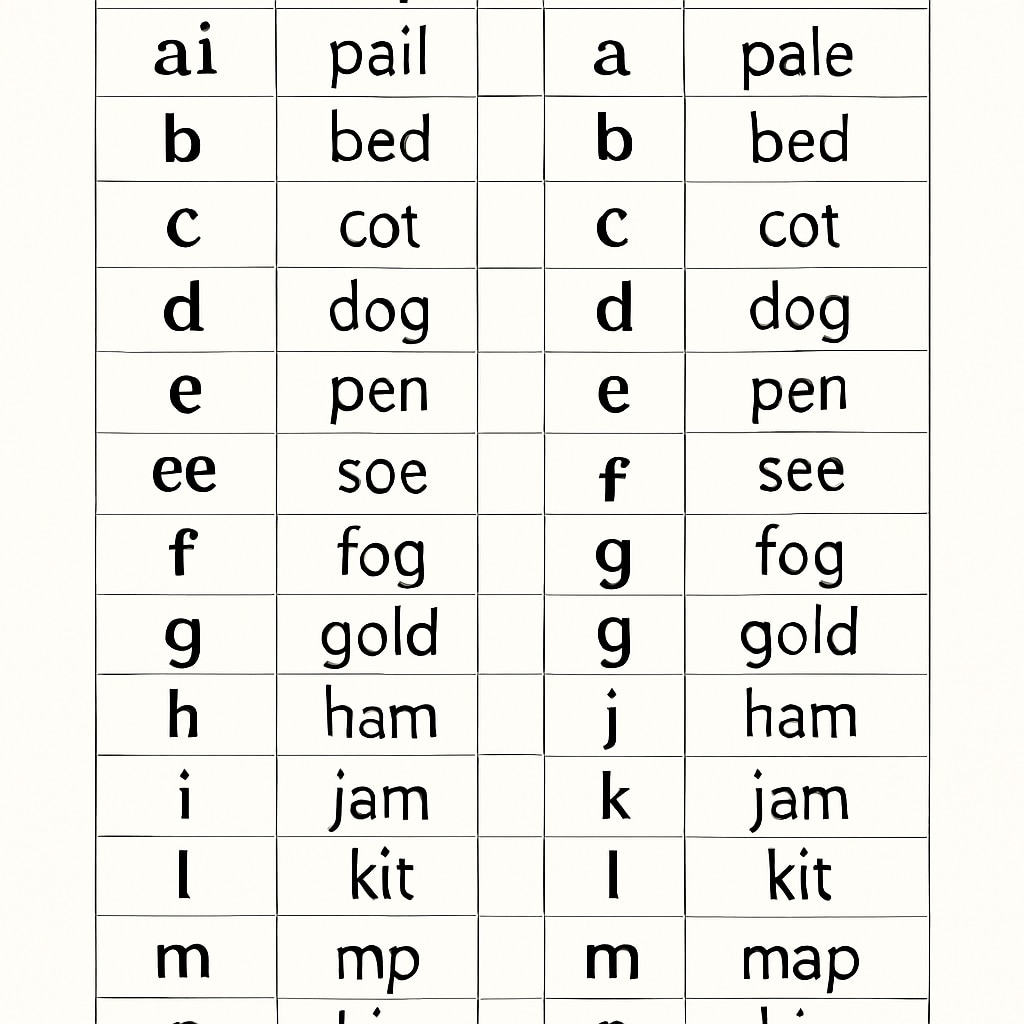The Initial Teaching Alphabet (ITA), introduced in the 1970s, was a revolutionary method aimed at accelerating early literacy development. However, while it succeeded in helping young learners grasp reading quickly, it created significant spelling difficulties for many students in later years. This article delves into the history, principles, and long-term consequences of the ITA system, offering a balanced perspective on its educational legacy.
The Origins and Principles of the Initial Teaching Alphabet
The ITA was developed by Sir James Pitman in the early 1960s as a phonetic-based approach to teaching reading. It consisted of 44 characters designed to represent the sounds of spoken English more consistently than the traditional alphabet. By eliminating irregularities in English spelling, the system aimed to make learning to read more intuitive for children.
The ITA was widely adopted in the United Kingdom, the United States, and other English-speaking countries during the 1960s and 1970s. Educators and policymakers embraced it for its promise to simplify the learning process. Students exposed to ITA often experienced a rapid improvement in their reading abilities, which seemed to validate the system’s effectiveness at first glance.

The Long-Term Drawbacks: Spelling Challenges
Despite its early successes, the ITA revealed significant shortcomings as students transitioned to the standard English alphabet. The phonetic consistency provided by ITA did not align with traditional English spelling rules, which are often irregular. As a result, children who learned through ITA struggled to adapt to conventional spelling once the transitional phase ended.
For example, students accustomed to spelling words phonetically (“sed” instead of “said”) found it difficult to unlearn these habits. This led to persistent spelling errors, even in adulthood. In hindsight, the ITA’s focus on phonetics, while advantageous for early reading, overlooked the complexities of English orthography (the conventional spelling system).
Research and Criticism
Studies conducted in the 1970s and 1980s analyzed the long-term impact of ITA. While early research highlighted its effectiveness in improving reading fluency, later studies raised concerns about its unintended consequences. According to a Wikipedia entry on the Initial Teaching Alphabet, researchers found that students who transitioned from ITA to standard English often required additional remedial instruction to correct their spelling errors.
Critics also pointed out the psychological impact on students. The abrupt shift from ITA to the traditional alphabet created confusion and frustration among learners. Furthermore, teachers often lacked adequate training to manage this transition effectively, exacerbating the problem.

The Educational Legacy of ITA
Although the ITA is no longer widely used, its legacy continues to influence debates on literacy education. The system demonstrated the importance of aligning teaching methods with the complexities of the English language. Modern phonics-based approaches, such as synthetic phonics, have learned from ITA’s successes and limitations, incorporating a more balanced focus on phonetics and traditional spelling.
For educators, the ITA serves as a historical example of how innovative methods can yield both benefits and challenges. It underscores the need for comprehensive testing and adaptation before implementing large-scale educational reforms.
Conclusion
The Initial Teaching Alphabet remains a fascinating chapter in the history of education. While it contributed to significant advancements in early literacy, its legacy is marred by the spelling challenges it left in its wake. By reflecting on the ITA, educators and policymakers can better understand the complexities of teaching English and ensure that future innovations address both the strengths and weaknesses of such methods.
As we continue to explore new literacy strategies, the lessons from ITA remind us that long-term outcomes are just as important as short-term successes.
Readability guidance: The article balances historical context with practical analysis, using clear language and structured sections. Short paragraphs and transitions ensure accessibility for a wide audience.


